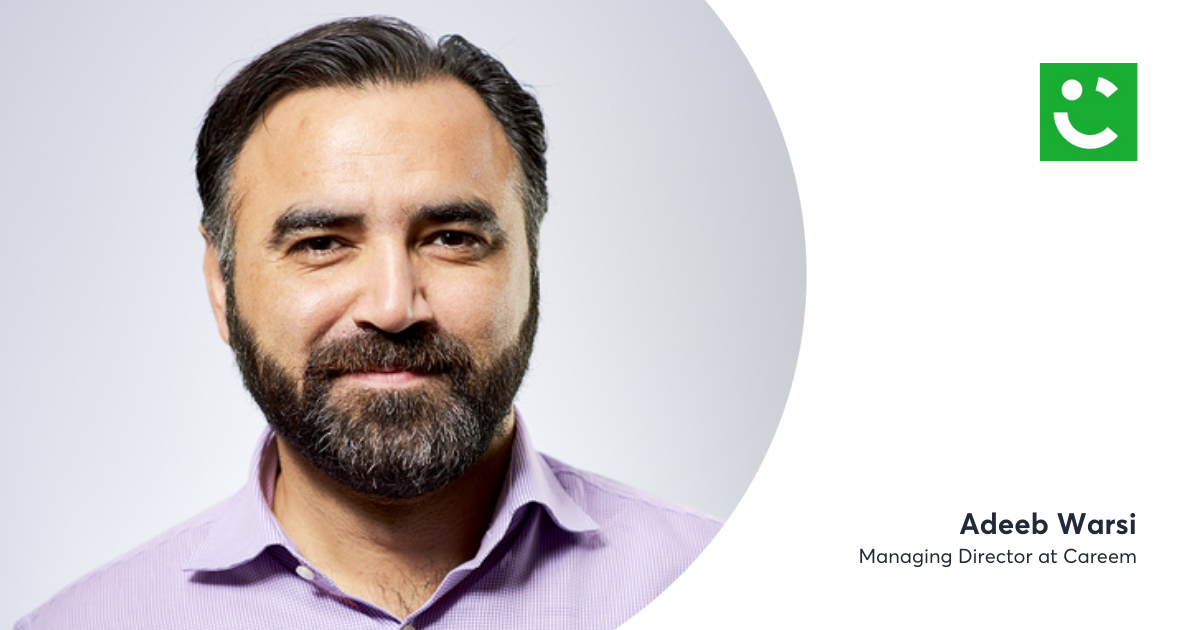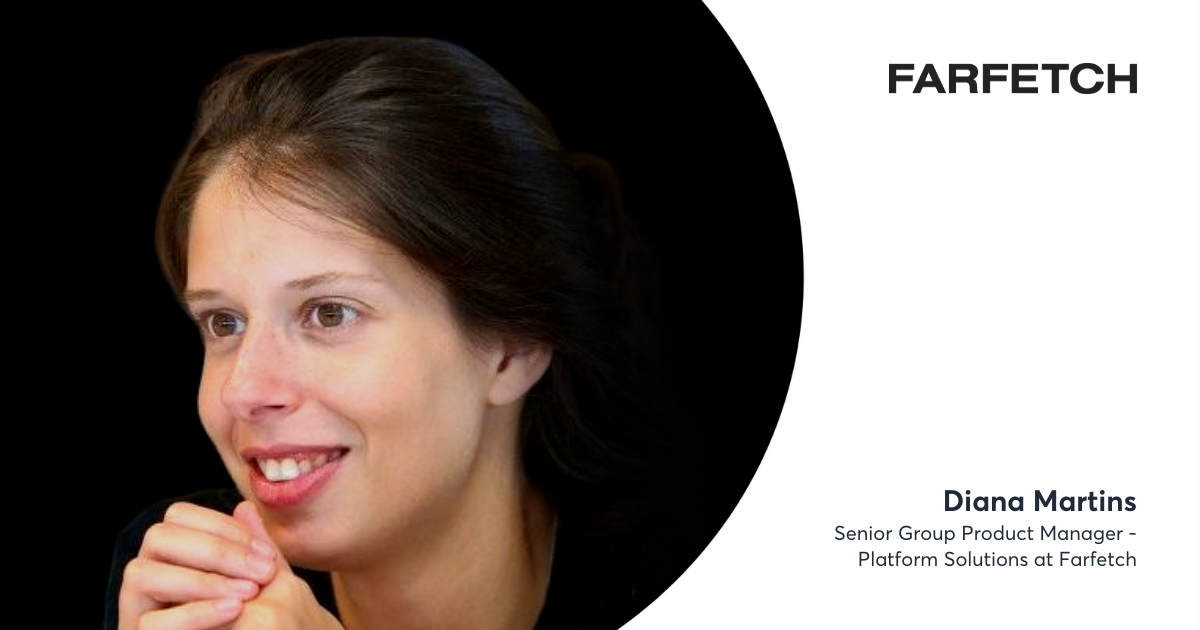How Careem Got Digital Acceleration Right

Adopting new technologies and growing gradually are winning formulas for a growing business. However, as changes in technology and customer expectations pivot quicker than ever, companies need to adapt to the evolving landscape of their industries.
For modern platforms to stay relevant in our ever-changing world, leaders must embrace not just digital transformation but also digital acceleration.
Digital transformation is a given nowadays, but actively supporting digital acceleration and introducing positive changes to how a business operates are key to becoming a market leader.
What is digital acceleration?
Digital acceleration occurs when organizations adopt digital technologies and new ways of working but much faster than expected.
During the pandemic, many businesses were forced to speed up their efforts to go digital to meet current demands. However, digital acceleration is not going away. It’s a strong strategy that promotes growth and helps to turn businesses into market leaders.
Digital transformation is the starting point for many businesses, but digital acceleration is a natural next step. Digital acceleration is not just about how quickly you make changes to a business. It’s a constant process that requires companies to continuously evaluate their current technologies and implement the latest technologies to meet modern customer expectations.
To keep up with customer demand and the competition, digital acceleration is the way forward for many businesses.
Careem is a Dubai-based super app that understands digital acceleration better than most. Originally a ride-hailing app, Careem grew rapidly during the pandemic and added new verticals to its offerings.
Over 48 million users can now get a ride, order food, become a driver, use Careem Pay or even take advantage of the Careem Plus subscription program.
With more projects and growth on the horizon, Marek Talarczyk, Netguru’s CEO invited Adeeb Warsi, Managing Director at Careem, on to Disruption Talks to discuss digital acceleration. Careem's approach to building a super app is a great example of digital acceleration done right.
Marek Talarczyk: Can you give us a short personal introduction?
Adeeb Warsi: I’ve been at Careem for the last five years and during that time, I’ve had multiple roles. The latest one has been to get Careem on the super app journey. Prior to this, I was responsible for setting up our delivery businesses, and before that, we were just a ride-hailing company.
Before Careem, I spent six or seven years with the Boston Consulting Group in LA, as well as some time in Dubai and London.
What’s your day-to-day life like as an MD at Careem?
To put it in perspective, it’s important to know how a Super App operates.
Most super apps in the world start with a core business and customer base.
Then you start adding your own services in and eventually third-party services.
I am very involved in the customer experience side of Careem, how customers engage, what they think about brand growth, and so on. That’s one bucket that I spend a lot of time in. The second is in how we engage with our partners, onboard them, and work closely with them.
For all of this to happen, I need to spend a lot of time building the platform components, so identity, search, catalog — everything that goes into our services. Finally, I’m spending time on our subscription program, which has been very exciting, and our advertising platform as well.
If someone wanted to build a super app, where would they need to start?
There’s a lot to learn from the most successful ones coming out of China, WeChat being the first big one. For a super app to work, it needs a strong core business and a strong customer base so you can build an ecosystem around it. For example, WeChat had a social media core and grew from there. Careem started as a ride-hailing app, and we added a few more services like delivery and Careem Pay.
Success hinged on two things, how we increased the number of transactions and how well we retained customers.
Everything was based around these aspects of our operations as we grew.
What KPIs do you focus on?
The key to a good super app is having a strong customer base and encouraging them to engage more with other services on the platform.
One of our most important KPIs is the cost of acquisition. We already have customers on the ride-hailing side, so we cross-sell other services to them and keep the cost of acquisition low.
Another one is retention. We want the customer experience to be seamless and to get people to stick around for more. Then we look at whether transactions are going up or down per customer.
What has been the biggest challenge while making Careem a super app so far?
The hardest thing was to bring this ecosystem together. We’re providing a bunch of services together, so they all need to be good enough.
There's a lot of data science and machine learning that goes on behind the scenes to keep app operations running smoothly.
The world slowed down during the pandemic, but Careem decided to speed things up. What helped you accelerate during this time?
It was far from easy. We had intentions of becoming a super app anyway but decided to quickly realign ourselves organizationally during the pandemic. For us to provide a good experience, we needed to rejig the portfolio of services to focus on not just the ride-hailing side but also food, groceries, and so on.
Which other companies do you take inspiration from?
There are definitely ones that we look up to and admire because competition is a healthy thing. Often, they’re not direct competition for us and are instead players to emulate and learn from. China is the flagbearer of the super app world, so the Chinese market is definitely one to look at. Companies like WeChat and Alipay are market leaders we can learn a lot from.
Another is Amazon, which you could call a super app these days because there are so many services on that platform now.
What advice would you give to companies looking to accelerate their digital roadmap?
It should go without saying, but the main thing is to ensure your product is good.
The difference between success and failure as an organization pivoting to a bigger business model is down to how you set it up.
If you haven’t thought about how your organizational structure aligns with your business model when pivoting, it creates a lot of friction.
Another piece of advice is to focus on the communication aspect as well. If you can help people understand why you’re changing and get them on board, you’re more likely to succeed.
How do you ensure you provide a great customer experience?
Customer experience is a bar that’s getting higher and higher. A platform cannot survive if the customer experience isn’t at the core of it.
We track the core NPS of our customers and each of the funnels across Careem to ensure those experiences are managed well. If there’s one service that does badly, it spreads, and the customer loses trust in the platform. One or two bad experiences are enough for customers to move on to a competitor.
It's critically important for a super app to have a customer experience framework and a governance model so that great customer experience is always delivered. I think that's non-negotiable.
This discussion is part of our Disruption Talks recordings, where we invite experts to share their insights on winning innovation strategies, the next generation of disruptors, and scaling digital products. To get unlimited access to this interview and more insights from industry experts, sign up here.







